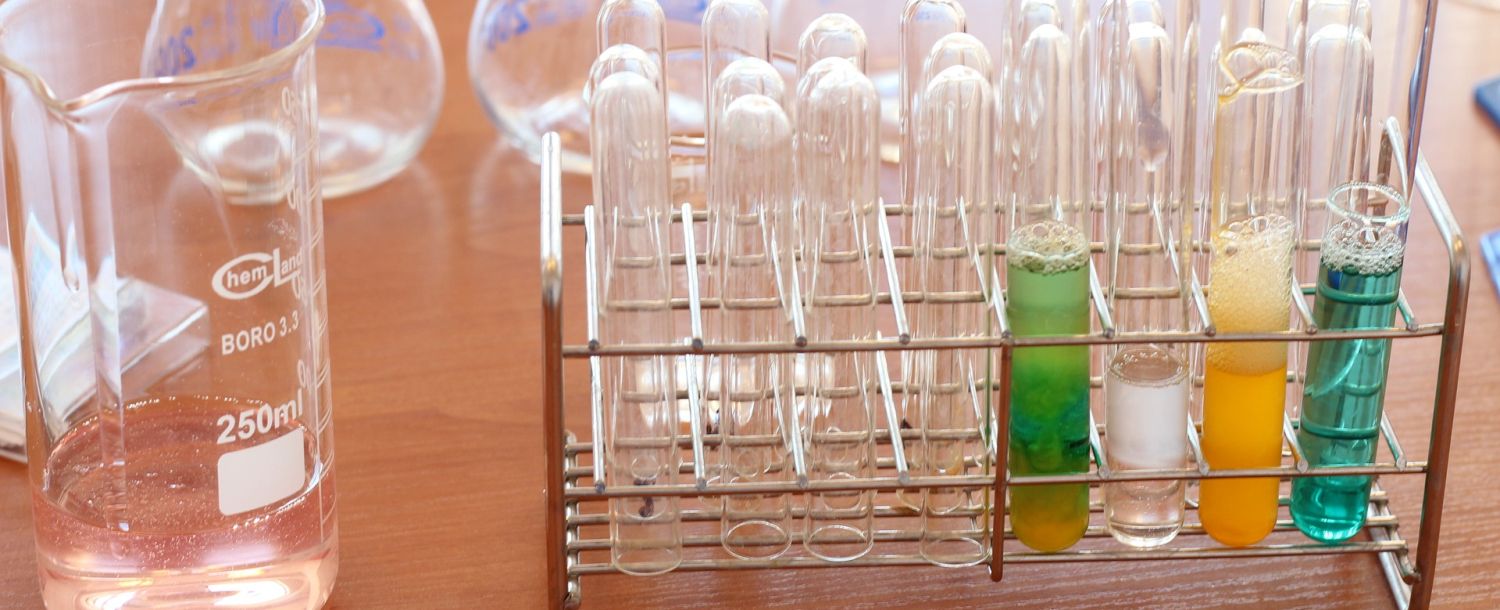In hydrometallurgy diverse treatment methods comprising leaching, solvent extraction, precipitation, cementation and electrolysis are executed.
The bio-hydrometallurgy represents an expansion due to the application of microorganisms in extraction of metals from their matrix (bioleaching) or in selective recovery of elements. The evaluation of suitable microorganisms, their combinability in co-cultures as well as their lifetime and reproducibility are carried out. The microbes act as biocatalysts generating energy by bacterial oxidation of inorganic compounds and can produce high acid concentrations. The determination of the process parameters temperature, pH value as well as required additives is indispensable. Moreover, the solutions are analysed and treated to impede element leakages and thus, prevent reduced recycling rates.
The leaching methods are divided in direct bioleaching, characterised by the contact between the bacteria and the particle surface, allowing an enzymatically catalysed reaction in the biofilm, and the indirect mechanism, where the microbes are separated after the cultivation. Applying the later one the biomass-free solution is used for the leaching of the substrate with the potential of elevating the pulp densities of black matter.
By adding precipitants, dissolved metal ions can be converted into insoluble solids from the usually very acidic (pH <3) bioleaching solutions. By a stepwise adjustment of the pH to basic conditions, target metals are precipitated selectively, with the high risk for co-precipitation due to the similar solubility of the hydroxides of some present metals. Hence, peptides with metal-binding properties can be used to improve the selectivity, as these are capable biomolecules for metal separation from aqueous solutions via biosorption. The metal-binding peptides are identified and stabilised by the phage surface display.
Bio-electrochemical systems (BESs) offer a new sustainable method for recovering metals from leachates with a lower energy input compared to conventional electrolytic reactors. In a BES at least one electrode is covered by an electroactive biofilm, which catalyses oxidation/ reduction. At the anode, microbial oxidation of organics (e.g. wastewater) occurs, whereby electrons are produced. This can fully or partly cover the electrical energy required for metal reduction depending on the metal redox potential.

 DE
DE EN
EN